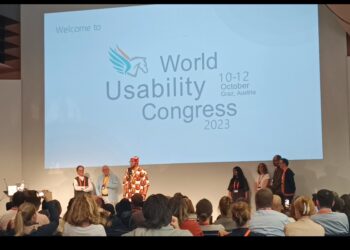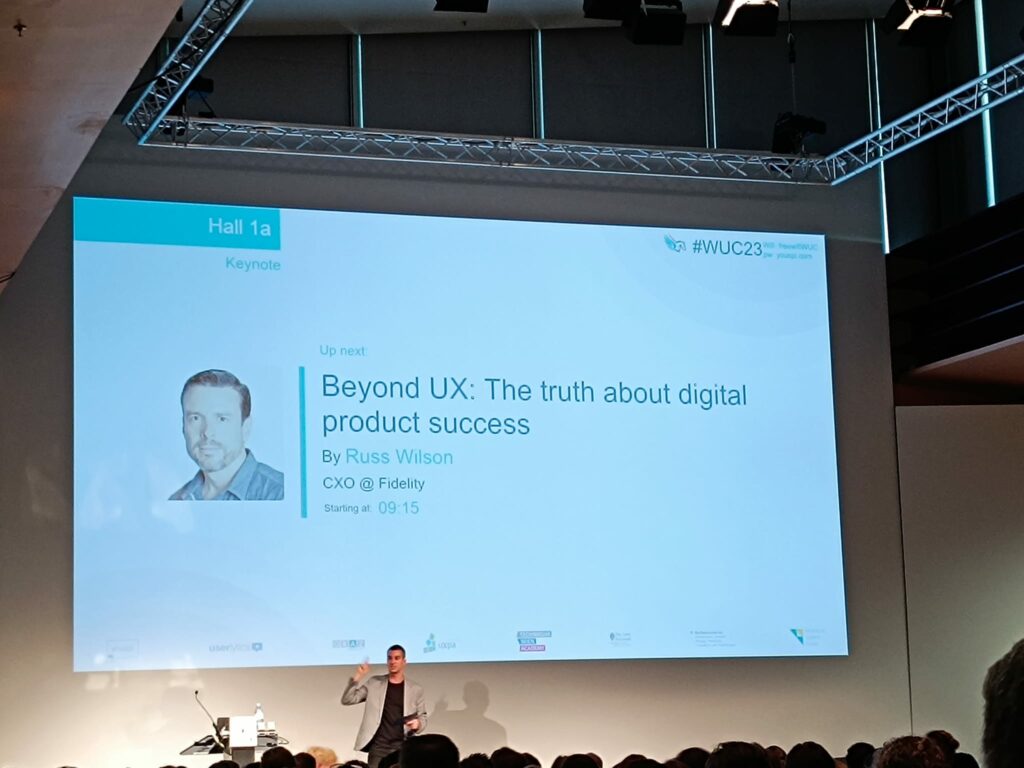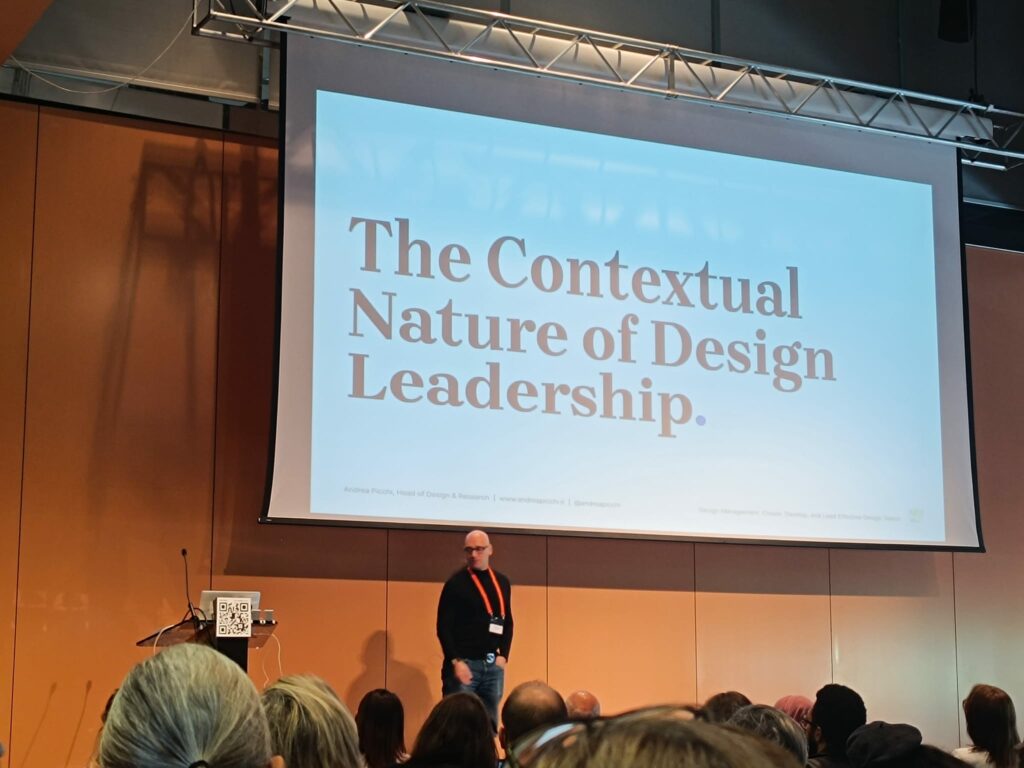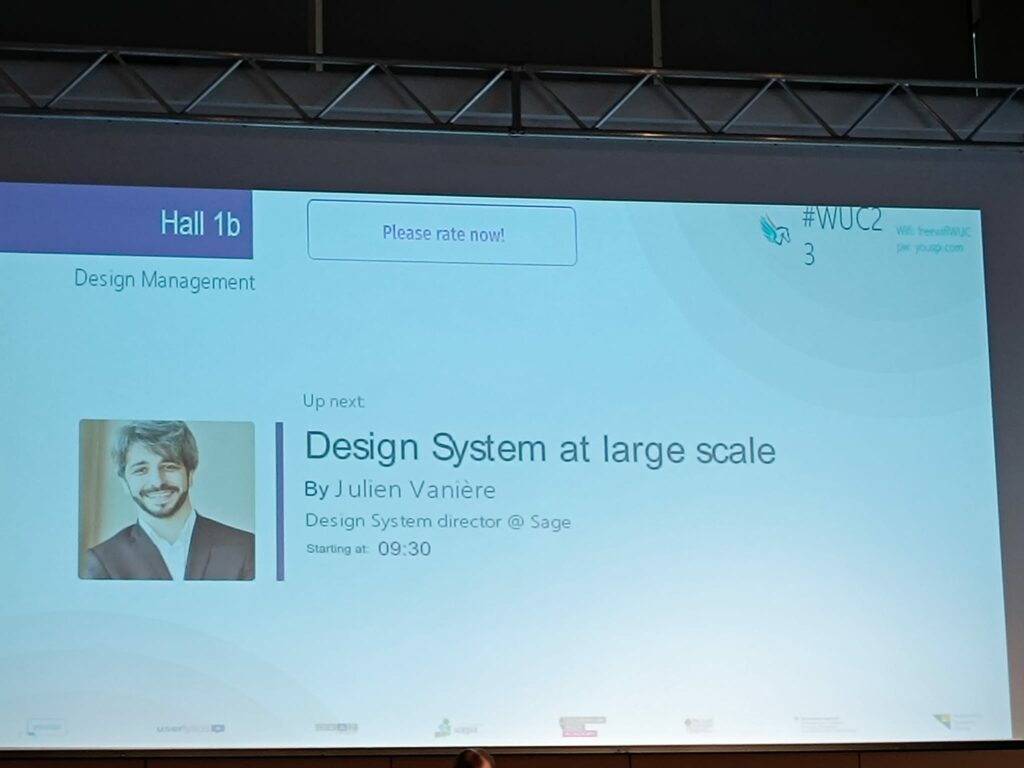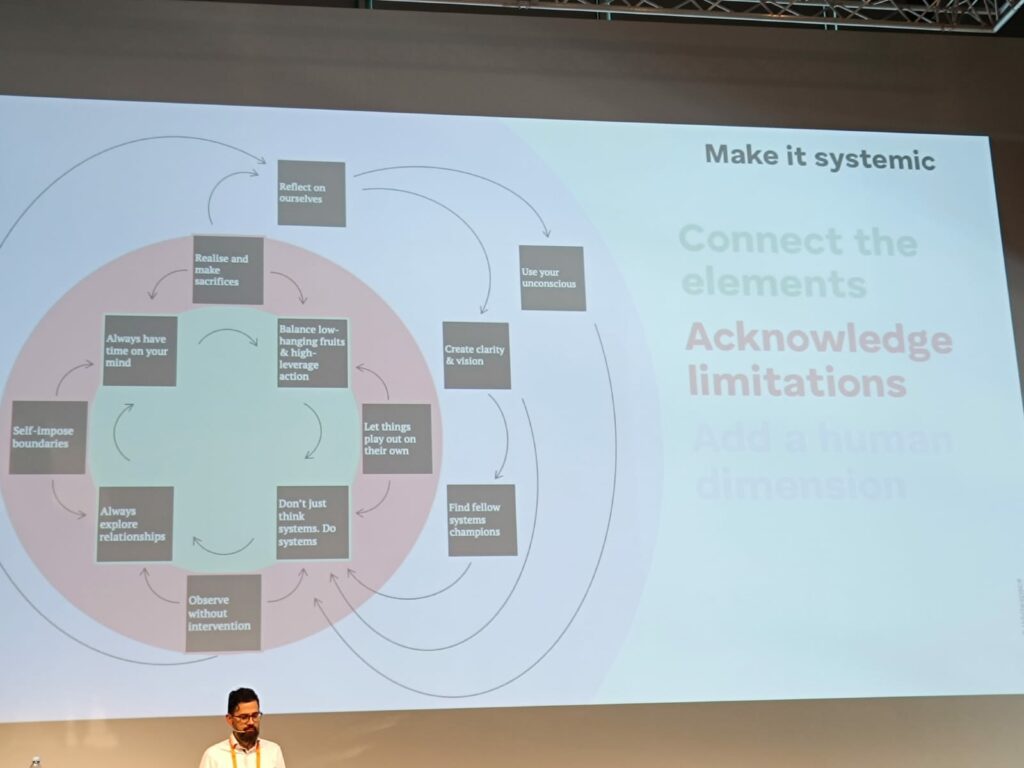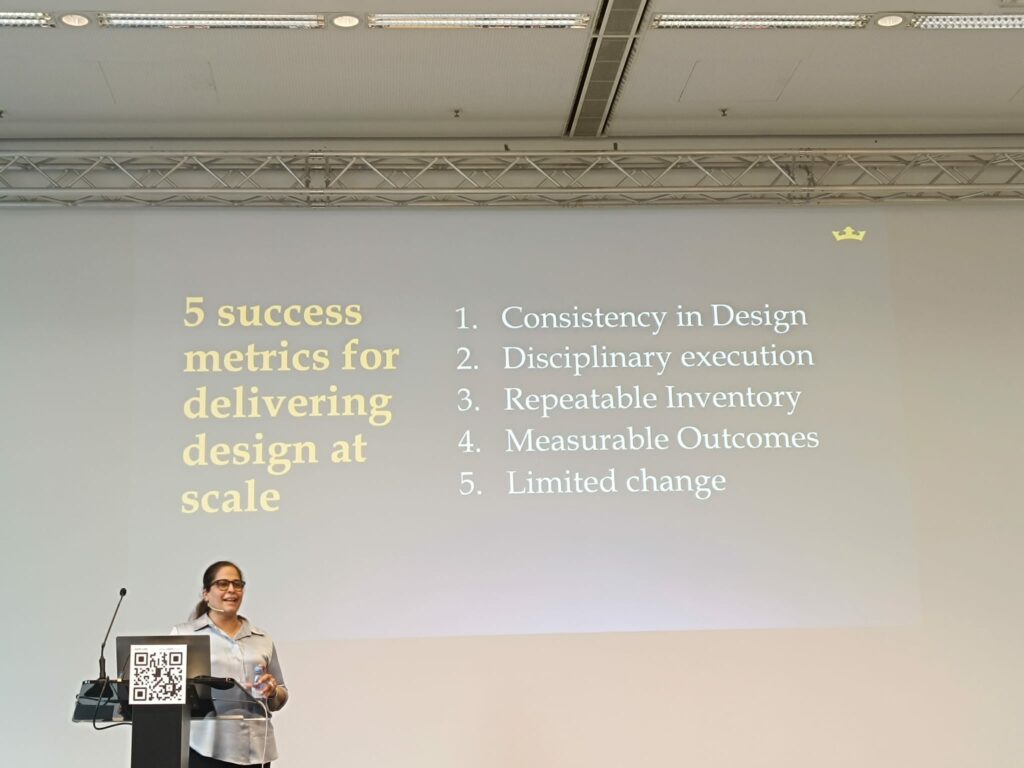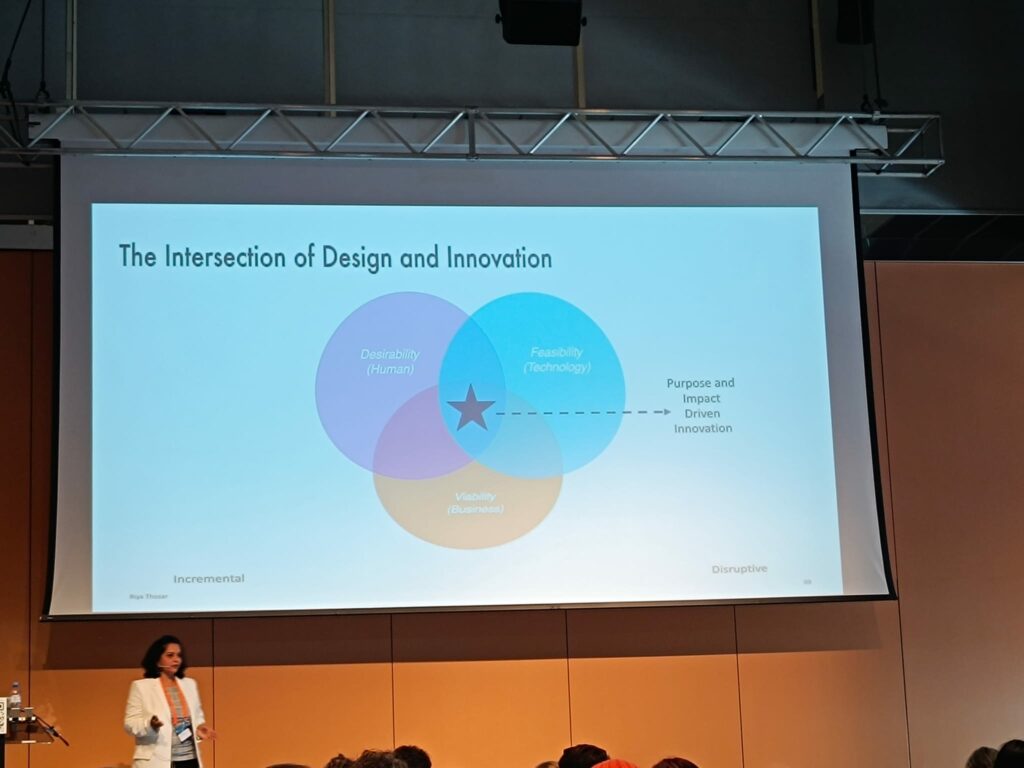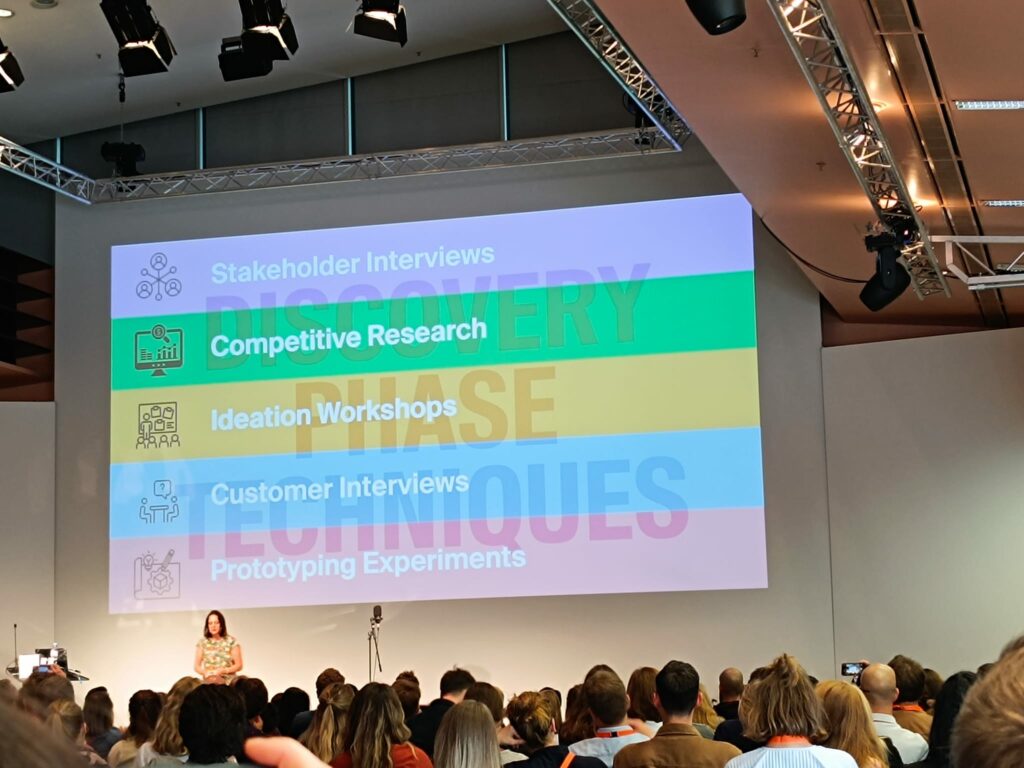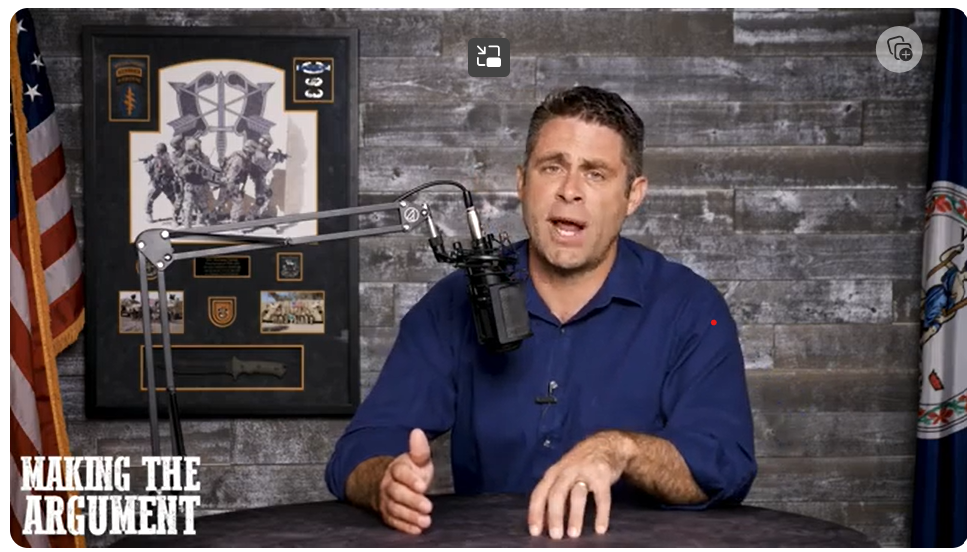Finances is probably the most frightening aspect of a movie pre-production. For me, budgeting has always been something that I was happy to avoid. Until now! Today, I want to make friends with movie money. And show you why you should too!
What is a Movie Budget?
When we think of a movie budget, according to Mike Bedard via StudioBinder, most people instantly think of crew and cast costs, money for building sets, make-up, VFX and everything included in a classical production.
However, that’s only half the battle in Hollywood. From there, you need to market the film so that people actually know it exists. For major productions, this is readily apparent in the form of trailers, billboards, radio ads, and everything else you can possibly slap a poster on.
Mike Bedard via StudioBinder
So far so good. But in the case of independent productions or indie films, production managers will not have such a big budget. Therefore, they will have to find alternative ways of marketing the movie. Besides the already mentioned ads on billboards, radio and posters, social media could be a big part of the distribution budget. (Bedard, StudioBinder)
According to Newbie Film School, “an average short film costs between $700 to $1500 per minute.” Of course, this number can fluctuate depending on what kind of short film you are planning to make and how big the production will be. That is why it is smart to make a budget breakdown before you are starting to shoot and actually do work on the project. (Newbie Film School)
How to Calculate a Budget
Newbie Film School goes on to describe how they plan their budgets for shooting short movies (a short movie being anything under 40 minutes). According to them, the most important thing to know is the length of the movie. If you follow the standard way of calculating one minute per script page, you can easily determine how long your film will be. Still, the costs for a 20 minute film can vary between $2000 and $30000 which is a really big range. To narrow this down it might be smart to additionally consider the so-called production value of your movie which is the sum of the following costs:
- Pre-production cost
- Production cost
- Location
- Cast
- Crew
- Types of equipment
- Art design
- Other production services
- Post-production cost
- Editing
- Sound design and music
- VFX
- Digital Intermediate
- Marketing and promotion
So, let’s dive into these in more detail. (Newbie Film School)
Pre-Production Cost
These costs include every step of planning a movie from location scouting to visualization in a storyboard. Still, they are manageable and should not exceed $500 but rather be around $250. (Newbie Film School)
Production Cost
These costs are estimated to make up 75-80% of your overall budget. If you want your budget to not exceed in the end, it would be smart to include the following points in it.
Location
Your location needs to have some sort of power supply. For independent productions it is smart to use free locations to keep the costs at a minimum. However, calculating between $250 and $500 is smart to have as an extra for shooting permits you might need.
Cast
Working with pupils from acting schools or freelancers is the smartest for independent productions. That way, you save additional costs for insurances. On average, one can calculate approximately $100 per person per day. However, if you negociate wisely this price can be brought down. Still, calculating with $100 is smart and having a little surplus in the end is not bad either.
Crew
Cinematographers don’t usually charge higher rates for short films. It ranges from $150 to 300 per day. […] The Sound Recordist is vital if you need to record sync sound and hence the costs range between $150 to $250 a day. The Direction team should cost anywhere between $100 and $150 per day. […] The Gripper and the Gaffers should add up to another $200 per day in total. Costume if needed should be dealt with the designer on a negotiated price. If you rent them, it should not add up to more than $100 per day for the entire cast.
Newbie Film School
In total, that makes up for around $750 per day. However, if your script does not require special costumes, etc. these costs can be minimized.
Types of equipment
Equipment will add to your overall budget! In total, cameras, lenses, grips, jibs and lighting will cost an average of $500 per day. The wage for the sound recordists usually already include the gear so at least there is no need to rent this.
Art Design and Other Production Services
This part of the budget can be easily avoided if you are not building sets for your film. For indie productions it is recommended to shoot outdoors (and also use natural light to lower the costs there). Other Production Services might include spot boys or caterers. These can also be avoided easily in independent productions. However, keeping a spare budget of around $300 is recommended.
Post-Production Cost
These costs consist of sound, music, VFX and editing post production processes.
Editing
It is recommended to not hire editors who are paid hourly. Rather “offer them a package between $500 to $1500 depending on the length […].” (Newbie Film School)
Sound Design and Music
This will cost another $750 on average. However, it is recommended to look for talents who have not been recognised yet. Maybe you know someone or could hire given people from art schools.
VFX
If possible, avoid having any VFX in your indie production. Costs for this field are very high!
Digital Intermediate
This service includes the coloring of the film. As this can be very expensive as well it pays off to hire students or enthusiasts who will color your entire movie for an average of $500.
Marketing and Promotion
In order to have a decent exposure after the film is finished, one should think of using free tools to send the movie to festivals. There are a lot of screening opportunities that are free. However, some festivals have an entrance fee which is why an additional $1000 is recommended for marketing and promotion. As said already, using social media to promote your movie is also a great and cheap tool to market your work. (Newbie Film School)
Summary
If one follows the points mentioned above, your average movie budget will be around $3800 for fixed costs plus $100 per actor per day plus $1250 per day for crew and equipment. For a 3 day production with two actors your budget should therefore be:
3800+100*2*3+1250*3=
3800+600+3750=$8150 (or around €7700)
As you see, these costs are immense and no indie newcomer will ever have the dollars to cover them. This is where small productions will need to get creative. One example to do so is using a method called Guerilla Filmmaking. More on that in another post.
Still, it is important for filmmakers to know these numbers. And I believe that having an approximate estimate guide such as this post can help you calculate your first budgets. I will use these numbers to calculate my next expenses for a short movie as well and will keep you updated on how that goes.
However, I will leave you with this for now. I think it is already a big enough pill to swallow.
.
.
.
Sources
Bedard, Mark: Average Movie Budget — How Much Do Movies Cost to Make? In: StudioBinder, https://www.studiobinder.com/blog/average-movie-budget/ (last seen: 08.10.2023)
Newbie Film School: How much does it Cost to make a Short Film? In: Newbie Film School, https://newbiefilmschool.com/how-much-does-it-cost-to-make-a-short-film/ (last seen: 08.10.2023)
